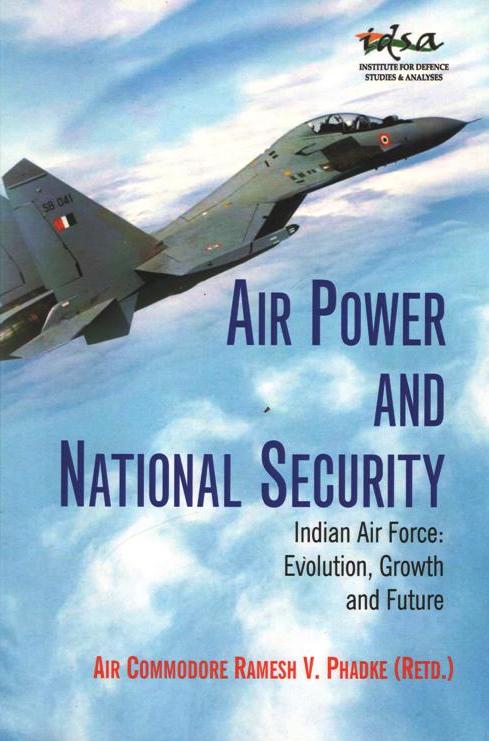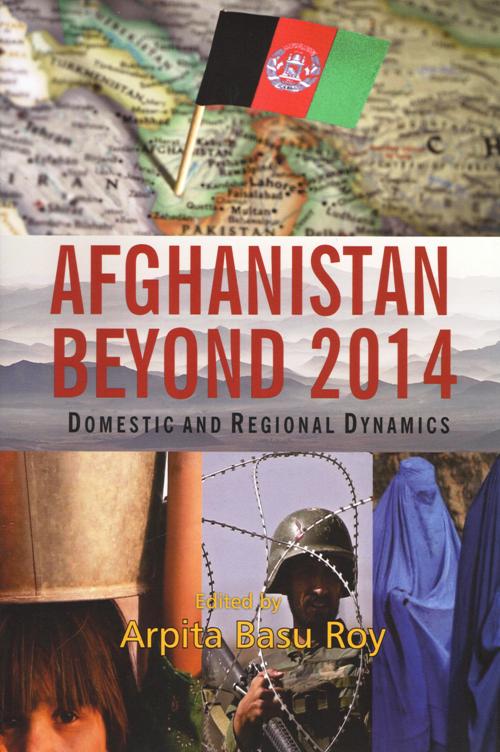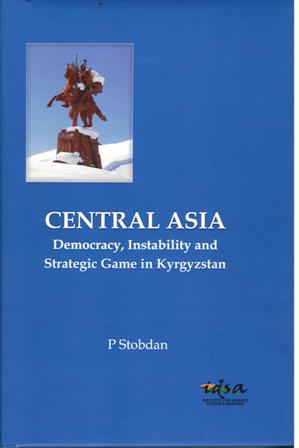Description
This book deals with the prospect and potential of development of India’s North-Eastern Region (NER) through sub-regional cooperation with the neighbouring members of the Association of Southeast Asian Nations (ASEAN). Although landlockedness has long stunted the economic growth of NER, with ASEAN-India as well as India-Bangladesh connectivity projects gathering pace, the silver lining is appearing on the horizon. The completion of India-Myanmar-Thailand (IMT) Trilateral Highway connecting Moreh (Manipur) with Mae Sot (Thailand) across Myanmar will land-link the region with the ASEAN countries. Further extension of the Highway till Vietnam and Cambodia, as is being envisaged, will take the north-eastern region even closer to the ASEAN. Likewise, India is extending railways to Manipur which will eventually be connected with the rail network of Myanmar as a part of the Asian Development Bank’s Trans-Asian Railway project. Besides, the Kaladan Multi-Modal Transit Transportation Project (KMTTP) will open up maritime route for the north-eastern region by connecting India`s eastern ports with the Sittwe port in Myanmar. Again, Sittwe port will be connected with the riverine port of Paletwa on Kaladan river from where Lawngtlai in Mizoram will be connected by road.
With the connectivity problem about to be resolved, in what ways would the north-eastern region engage with her South East Asian neighbours? What are the nodes of sub-regional cooperation that can benefit both NER and ASEAN? How can we enumerate and strategize the potential strength of the region which she can offer to her neighbours and identify the essential requirements that she can pick up from them? What role the other stakeholders (state and non-state actors) can play in synchronizing domestic economic initiatives in tune with the needs of the markets in neighbouring countries? How to map the various activity-, product-, service-, specific strengths of the different states in the region for which there are demands across the borders? Which cross-border projects are viable? How can we re-imagine the `border` as a conceptual apparatus for bridgability rather than a dividing entity of people on either side? How can the community bonding be used to promote a uniform social space in a group which is territorially divided?








Reviews
There are no reviews yet.